Comparison of cat food: classes, formulations, brands
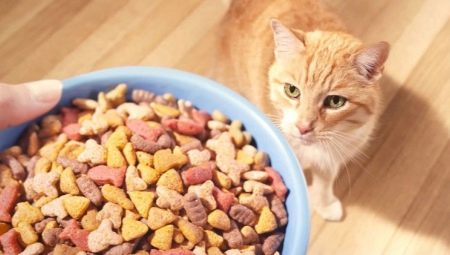
Ready-made cat food is convenient first of all. No need to cook, calculate the BZHU rate. But how to choose a product that is balanced in composition and, most importantly, does not harm?
Ingredient analysis
The first place in a good food should be such an ingredient as meat. The manufacturer is obliged to indicate which specific type of meat is used. It can be chicken, rabbit, turkey, beef. Instead of meat, there can be fish. In any case, in a good feed, the content of these ingredients is at least 35% of the total composition. However, if you compare economy and super-premium feed, then the latter will contain more protein.
Allowed to add protein, which can be represented by the milk or egg component - at least 20%. By-products - at least 10%, it is better if it is the liver, heart, kidneys, and not the beak and skin.
Most cat foods contain plant-based ingredients. They can be represented by wheat and corn, rice, potatoes, oats, peas. The content of the plant component is permissible up to 25%.
But it should be remembered that by their nature cats are predators, so there should be a minimum of plant elements in their food.
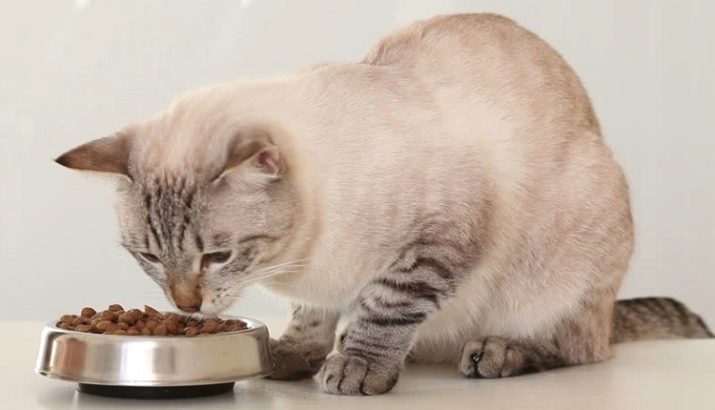
In more expensive versions, the vegetable component is replaced by dried vegetables, berries, and various herbs. Expertise proves that it is a healthier supplement than corn and wheat.
Good food is enriched with vitamins and minerals. Vitamins of group B, ascorbic acid, vitamin K are among the vital for cats.
In any case, the composition of the product (regardless of its class) must contain the following components.
- Protein (meat, fish, milk protein, eggs). Protein gives the cat strength, energy, is responsible for the condition of its bones, teeth, muscle mass. A lack of protein leads to a deterioration in the condition of the animal's fur - it sheds heavily, becomes dull.
- Carbohydrates (small amounts are found in meat, a higher content in vegetables, grains, cereals). Carbohydrates are strength, energy, endurance. In addition to carbohydrates, vegetables contain fiber, which is essential for the healthy functioning of the animal's gastrointestinal tract. Also, carbohydrates nourish the tissues of blood vessels, heart, brain. Carbohydrates are needed for the synthesis of glycogen, a substance necessary for the functioning of the liver. Despite the importance of the presence of carbohydrates in the animal's diet, it is important not to overfeed them with them. After all, cats are predators, so their main diet is meat, not grains.
- Fats (meat, vegetable and animal oils). They are also responsible for the presence of energy, endurance in cats, and ensure the attractiveness of the coat. Lack of fat can lead to problems with the skin and mucous membranes of the pet, reproductive system disorders.
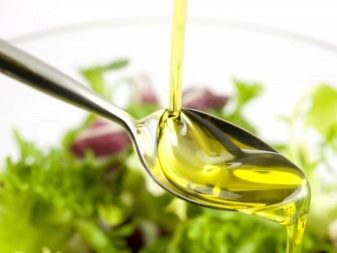
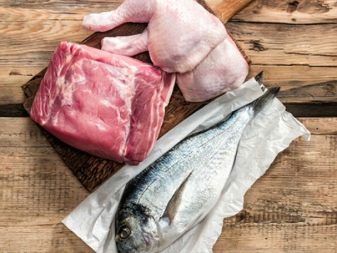
Despite the fact that the composition of some foods in terms of quality and benefits is much superior to the composition of others, there are ingredients that, in principle, should not be in a product for cats. Even in the most inexpensive options, the presence of these components is excluded:
- sugar and its derivatives (eg caramel), glycol, cellulose, propylene glycol;
- artificial pigment E 127, which poses a risk of developing cancer in a pet;
- high content of by-products (it should be understood that in cheap feed it is "waste" that is not suitable for human nutrition: beak, feathers, skin);
- the composition should not show "meat" without any additional explanations;
- antioxidants E 321, E 324, E 330, which provoke kidney disease.
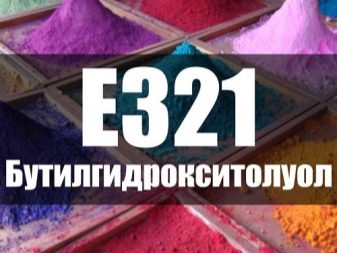
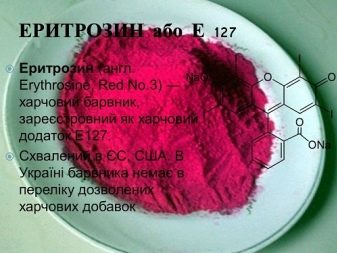
The composition of the feed depending on the class
Depending on the characteristics of the composition, the feed is divided into several groups. A pivot table will showcase the features of individual groups, and then explore the advantages and disadvantages of each of these options in more detail.
Species name | Protein (meat) | Plant component |
Economy | The meat is absent or "leftovers" are used - skin, tendons. As a rule, meat is replaced by low-grade by-products, animal fat. All this is "masked" by flavorings and flavor enhancers. | Corn or soy flour (or other vegetable component, but more often it is cheaper corn), gluten. The content is above the norm. |
Premium | Animal fat, meat, offal, cereals, vegetable flour. | Corn or soy, usually in the form of flour, cereals, potato starch. Due to the insufficient amount of animal protein, the manufacturer has to exceed the norm of vegetable protein, add flavorings to the feed. |
Super premium | The manufacturer uses meat (as a rule, this is 35–40% of the composition), be sure to indicate its type. This feed may also contain offal. | Vegetable protein - within the normal range (some brands may be slightly overestimated). Not corn and soy are used, but more nutritious and less starchy rice, barley. Dried vegetables, legumes (lentils, peas) are often added. |
Holistic | High quality meat, no offal, skin, bones. | The herbal component is represented by dried vegetables, cranberries (antioxidant). |
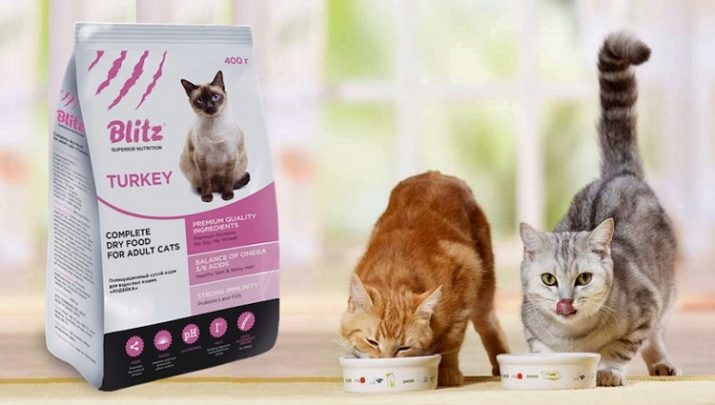
Summarizing the data in the table, the following conclusions can be drawn.
- Economy class. Affordable and inexpensive, but least suitable for pet food. Cheap meat protein is used, however, and it is in short supply. In this regard, the basis of the composition is a little useful vegetable protein.
- Premium class. "Transitional" option from economy to super-premium food. It combines the qualities of both varieties - there is already more meat here, but it is still of the same low quality, high content of offal. The plant component is closer to the norm.
- Super premium class. The best option in terms of price-quality ratio. Permissible content of vegetable protein, meat - within normal limits.
- Holistic. High quality varieties based on natural meat. Herbal ingredients are not cereals, which often cause allergies and are unusual as food for predators, but dried vegetables.
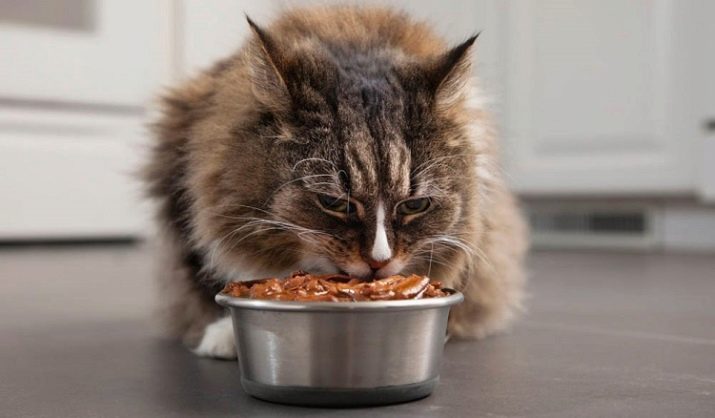
Comparison of different types
When comparing different types of feed, you invariably have to compare their composition. As a rule, the composition first of all indicates the ingredient contained in the greatest amount. Further - in descending order.
The least valuable and nutritious food is economy class (for example, Kitiket, Whiskas, Oscar, Darling). They contain practically no meat, but they are abundant vegetable protein (replaces meat), flavor enhancers, flavorings, preservatives. If a manufacturer lists meat as one of the ingredients, then most likely it is processed fats, skin, cartilage and tendons.
May contain small amounts of offal.
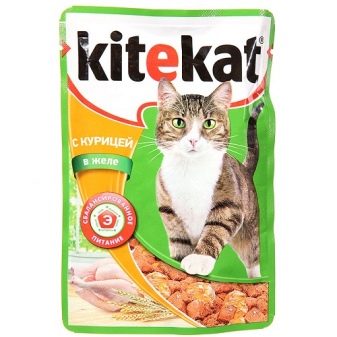
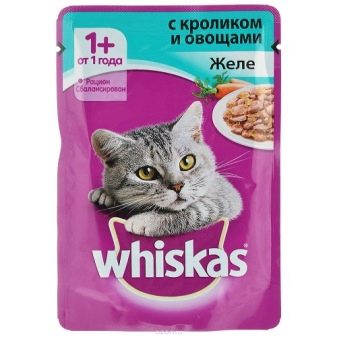
The digestibility of such feed is 60–65%. In most cases, there is no division for different cats in economy class food. The maximum is food for kittens and adults. Perhaps the only advantages are affordability (sold in all supermarkets and pet stores) and low cost.
Higher quality can be called premium feed (Happy Cat, Royal Canin), however, the content of the meat ingredient in them is usually a minimum (30–40% of the composition). Often they are called upon to replace by-products. Naturally, the lack of animal protein is designed to compensate for the high (above normal) content of vegetable protein.
As for artificial additives, they are also present in premium feed, but in a much smaller amount compared to the previous version. The digestibility of the premium product is also higher and amounts to 70–75%.
Almost all manufacturers' product line includes several versions for cats of different ages, with certain health features.
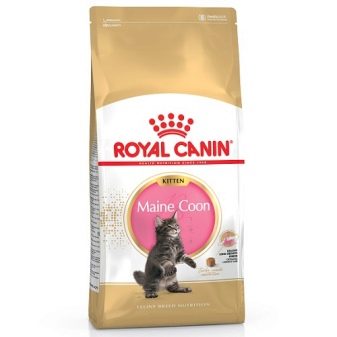
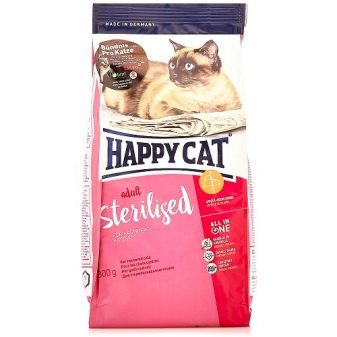
Higher quality, and therefore higher cost feeds are super-premium (ProPlan, Hills). First of all, it should be noted the high content of animal protein in the composition. It turns out to be enough for the normal life of the pet. By-products for the manufacture of such a product are rarely used, and if they are used, they are of high quality.
Vegetable protein is mainly represented not by cereals, but by dried vegetables and berries. There are practically no artificial additives. In any case, these are not flavor enhancers and flavorings, but preservatives (so that the product can be stored). Super-premium feed is assimilated by 85–95%.
The extended product line is also called an advantage - here you can find food for cats of different ages and breeds, medical and dietary options, including gluten-free.
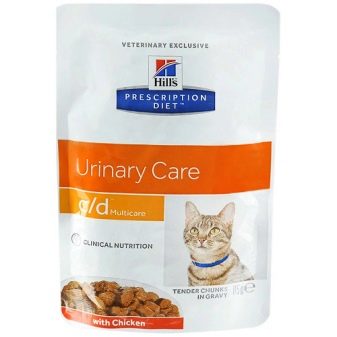
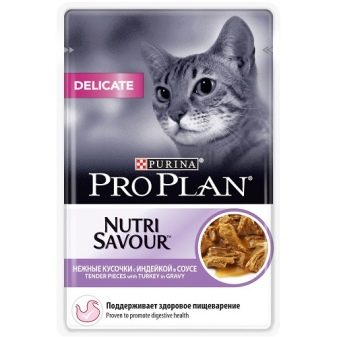
The disadvantage of some brands is the difficulty of acquiring - sometimes they can only be bought on the manufacturer's website or in online stores. However, a number of super-premium quality products are sold in regular pet stores and veterinary pharmacies.
The highest quality feeds are considered holistic (Eagle Pack Holistic, Evo). However, there is no clear division between super premium food and holistic. The "motto" of the producers of the latter can be called the following - in the production of feed, only those ingredients are used that are safe and suitable even for humans.
The basis of the product is meat or fish, and high quality (without skin and tendons, antibiotics). Vegetable components are within the normal range, usually dried vegetables, cranberries.
An obligatory component is polyunsaturated fats (within normal limits), a vitamin and mineral complex.
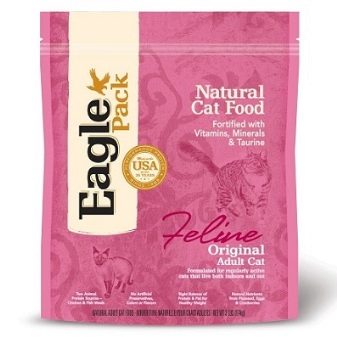
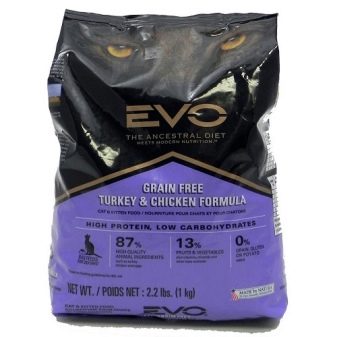
The presence of offal and synthetic ingredients in holistics is unacceptable. It is not surprising that the digestibility of such a product is 100%.
Initially, the product lines of holistic food were quite narrow. As a rule, food was shared only for kittens and adults. With the growing popularity of luxury products, the product line is expanding, however, it is still poorer than its super-premium counterpart.
Holistics are extremely rare to be found in common pet stores, except in very large ones.
The main purchase method is purchasing on the manufacturer's or distributor's website.
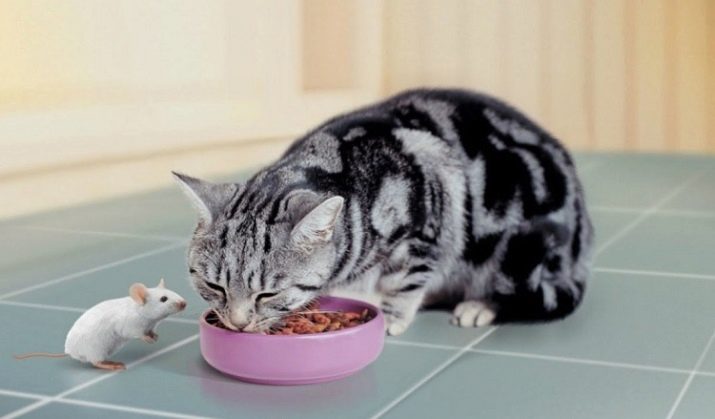
How to choose?
The most important selection criterion is the composition of the feed.
A quality product, first of all, should contain meat, and at least 35-50% of the composition. A higher content is possible - up to 70–80%, as a rule, these are holistic forages. An important point - sometimes the manufacturer says about 100% meat content in the feed. However, this is just a marketing ploy, such a product would simply not be possible to store.
After making sure that the meat is contained in the required quantities, it is important to figure out what kind of meat it is. Mandatory - the type of meat (chicken, beef, rabbit). If on the packaging just the word "meat" appears, most likely, skin, bones, beaks, tendons are hidden under it. They do not have a high nutritional value for the animal.
The most valuable in terms of amino acid content are chicken and turkey, followed by fish, followed by beef and lamb. However, the same chicken can cause allergies.
The best option is to purchase feed that combines several types of meat.
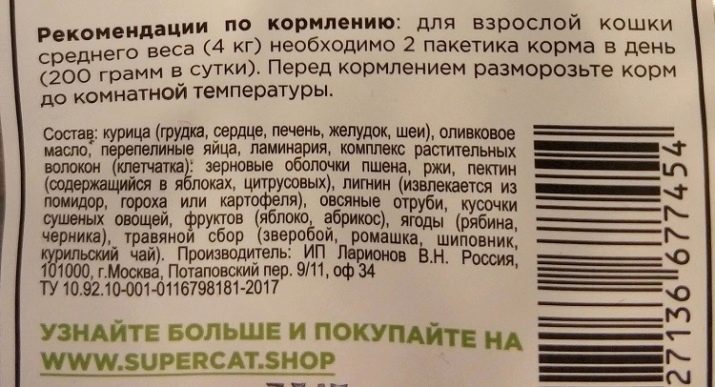
Of the by-products, preference should be given to the kidneys, hearts, lungs, stomachs. In a small amount, the presence of rumen and chicken heads is permissible. Typically, these offal are found only in super premium pet food.
The word "offal" should not scare the buyer off. However, their content is no more than 10-15% of the composition, ideally there should also be a decoding - liver, kidneys, heart.
Plant fiber is another must-have. The allowed rate is 20-25%. If these figures are higher, the feed should be discarded. Preference should be given to rice, barley.
Feeds containing wheat, corn (corn flour), potatoes (starch) are less credible.
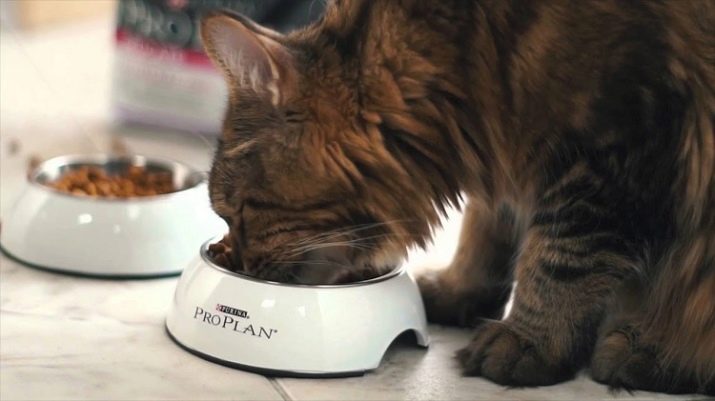
Fats are an obligatory component. For an adult cat food must contain at least 10-15% fat, for kittens - at least 20%. The fact is that fats are involved in the production of substances responsible for strong immunity. A cat needs a higher fat content during gestation and lactation.
However, excessive amounts of fat in the feed can cause stool disorders and liver disease. Lack of fat is usually found in economy class feed, some premium types.
Super-premium feeds and holistic foods must contain vitamin and mineral supplements. Among the vital for pussies can be distinguished B vitamins, vitamin E, ascorbic acid, H, B15, K. Among the minerals - cobalt, calcium, iron, copper.
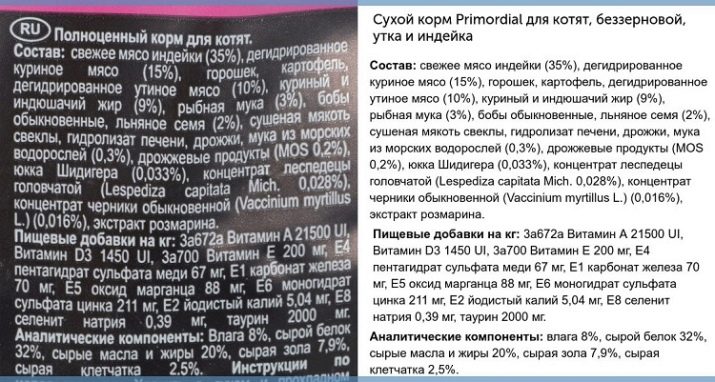
In addition to the composition, it is important to pay attention to such criteria when choosing a feed.
Manufacturer country
Not always highly publicized food is the best option for your pet. The products that often appear in television advertisements, unfortunately, are mostly of the economy class. The leading positions are taken by products from Great Britain, Canada, Germany, Denmark, USA.
It is always better to get food directly from the manufacturer or an authorized representative.
Super premium and holistic are often sold exclusively in online stores.
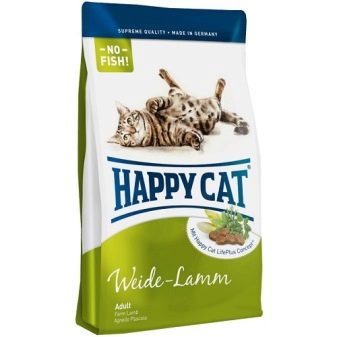
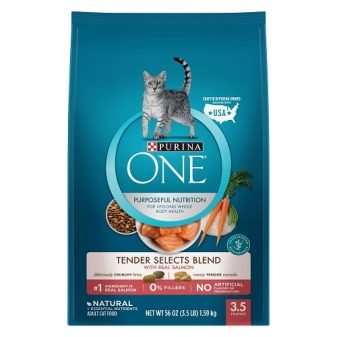
Feed consistency
It can be wet or dry, and the wet consistency has several varieties - from puree to pates and jellies (small pieces filled with thick broth).
Wet food is primarily intended for kittens, but as the animal grows, it is necessary to "guide" it to dry food. Solid food contributes to the development of the jaws, cleaning the teeth, and is also necessary for the proper functioning of the intestines.
Kittens should choose solid food with small granules. Small pieces are also necessary for some cat breeds, for example, British, Persians. This is due to the structural features of their jaw apparatus.
An adult pet can also be pampered with pate and jelly, but you should not transfer it exclusively to wet food. We have already written about the importance of harder food for cats.
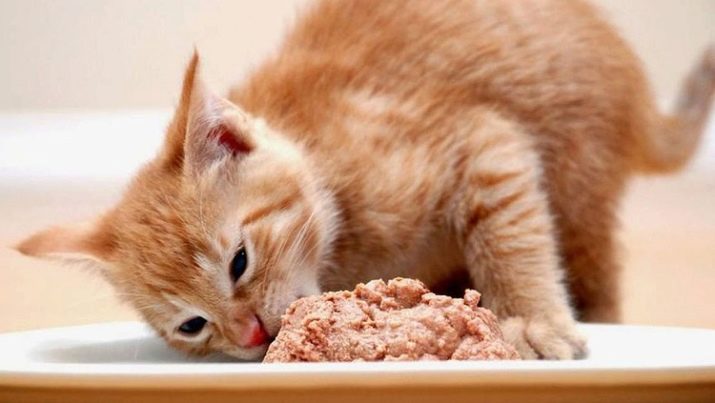
Presence of information on feed dosages on the packaging
Preference should be given to those products that require less quantity. Simply put, the lower the required daily dosage of the feed, the more balanced and useful it is. Economy class food does not give your pet a long-lasting feeling of fullness.

You can find out how to choose food for your cat below.
































